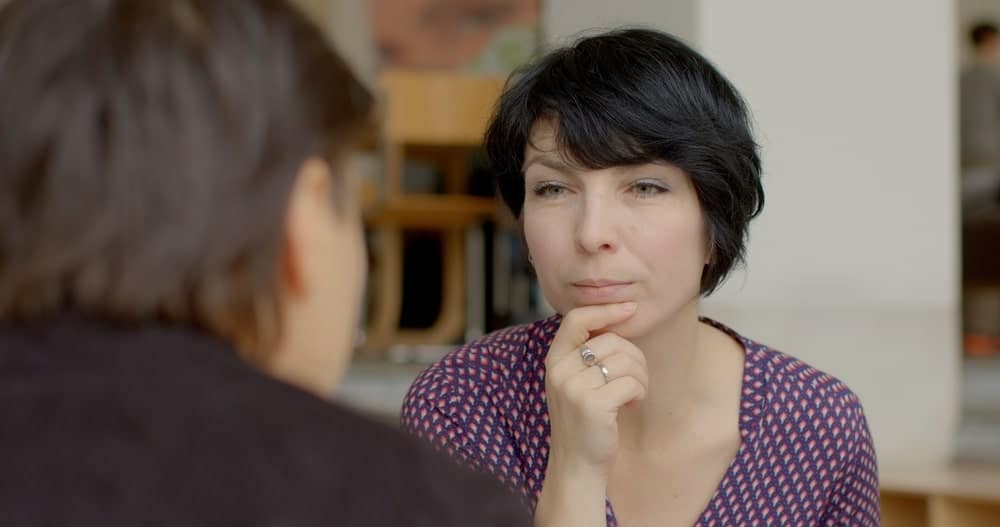By Leslie Washburn, CDCA, LAADC
Effective communication forms the foundation of all interpersonal relationships. It is a critical element for establishing and maintaining healthy, long-lasting connections. Without clear communication, issues are likely to arise.
Effective communication plays a crucial role in minimizing misunderstandings and ultimately strengthening bonds between individuals.
The Various Forms of Effective Communication
Relationships lose their spark if people fail to express and reciprocate their emotions through various forms of communication.
Healthy interaction is essential for sustaining a vibrant relationship.
Non-Verbal Communication
It’s important to note that expressing feelings doesn’t always require words.
Non-verbal communication—such as body language, gestures, facial expressions, and hand movements—also plays a significant role.
It’s essential to avoid negative expressions; instead, project positivity, happiness, and contentment to make the other person feel comfortable in your presence.
Constant sadness or irritation can create tension. Eye movements can convey emotions like anger, frustration, or unhappiness, so they should be carefully managed.
Tone & Pitch
Tone and pitch are equally important. Speak neither too loudly nor too softly. A loud tone can hurt the other person, while a soft one may hinder understanding.
Aim for a calm and convincing tone that ensures your message is clear.
Choice of Words & Expressions
The choice of words is crucial in relationships.
Think before you speak, as one misstep can alter the entire meaning of a conversation.
Misinterpretation of words can lead to conflict and strain relationships. It’s essential to express yourself clearly and concisely—being direct avoids confusion.
Politeness & Respect
Always approach communication with politeness. Avoid shouting at your partner, even if they have made a mistake. It’s better to discuss issues calmly and work towards resolving differences amicably.
Negative behaviors such as shouting, fighting, or criticizing can damage relationships and, in extreme cases, cause them to end.
Rudeness is harmful in any relationship.
Active Listening
Listening is just as important as speaking. It’s essential to understand the other person’s perspective. Patient listening helps ensure effective communication and builds mutual understanding.
Regular Communication is Key
Regular communication is key to nurturing any relationship. In long-distance relationships, for example, phone calls and text messages can help maintain connection despite infrequent meetings.
For those unable to speak often, email is an alternative way to communicate.
Writing emails to a partner or coworker can make them feel valued and important. In the workplace, emails can improve communication, provided they are clear and well-crafted. Avoid using capital letters in emails, as this can seem rude or aggressive. If you discuss something verbally with a coworker, follow up with an email to ensure clarity and avoid misunderstandings. Always keep the relevant people in the loop by CC-ing others, including your boss.
Effective communication fosters positive connections, while poor communication leads to confusion, frustration, and conflict.
Benefits of Effective Communication
Communication is considered effective when the message is understood as intended.
Professionally, this ensures that tasks are completed correctly and on time, leading to increased productivity and cost savings.
Personally, it helps avoid misunderstandings and can deepen relationships.
Key strategies for improving communication include active listening, focusing on the other party, and seeking clarification when needed.
Barriers to Communication
Barriers can disrupt the communication process.
For instance, speaking a language the receiver doesn’t understand, or writing to someone who struggles with reading, creates a barrier.
Some barriers may not be as apparent—like a lack of confidence to speak up or negative body language such as slouching. These barriers can obstruct effective communication.
Overcoming Barriers
To improve communication, both senders and receivers should engage actively—make eye contact, listen attentively, and minimize distractions.
Empathy also plays a significant role; imagining what it’s like to be in the other person’s shoes enhances understanding.
Stereotypes, generalizations, and inaccurate perceptions are also barriers that require self-awareness to overcome.
Observing and interacting with others can help you break down these barriers and enhance your communication skills.
Resources:
https://sanjoselifeimprovement.org/communication-workshop-ppc/
https://healingcollectivetherapy.com/resources/power-of-communication-in-a-relationship
https://healtheducation.ucla.edu/topics/communication-relationships
https://positivepsychology.com/communication-in-relationships
https://www.northshore.edu/community/engagement/files/health-relationships.pdf
https://www.helpguide.org/relationships/communication/effective-communication

